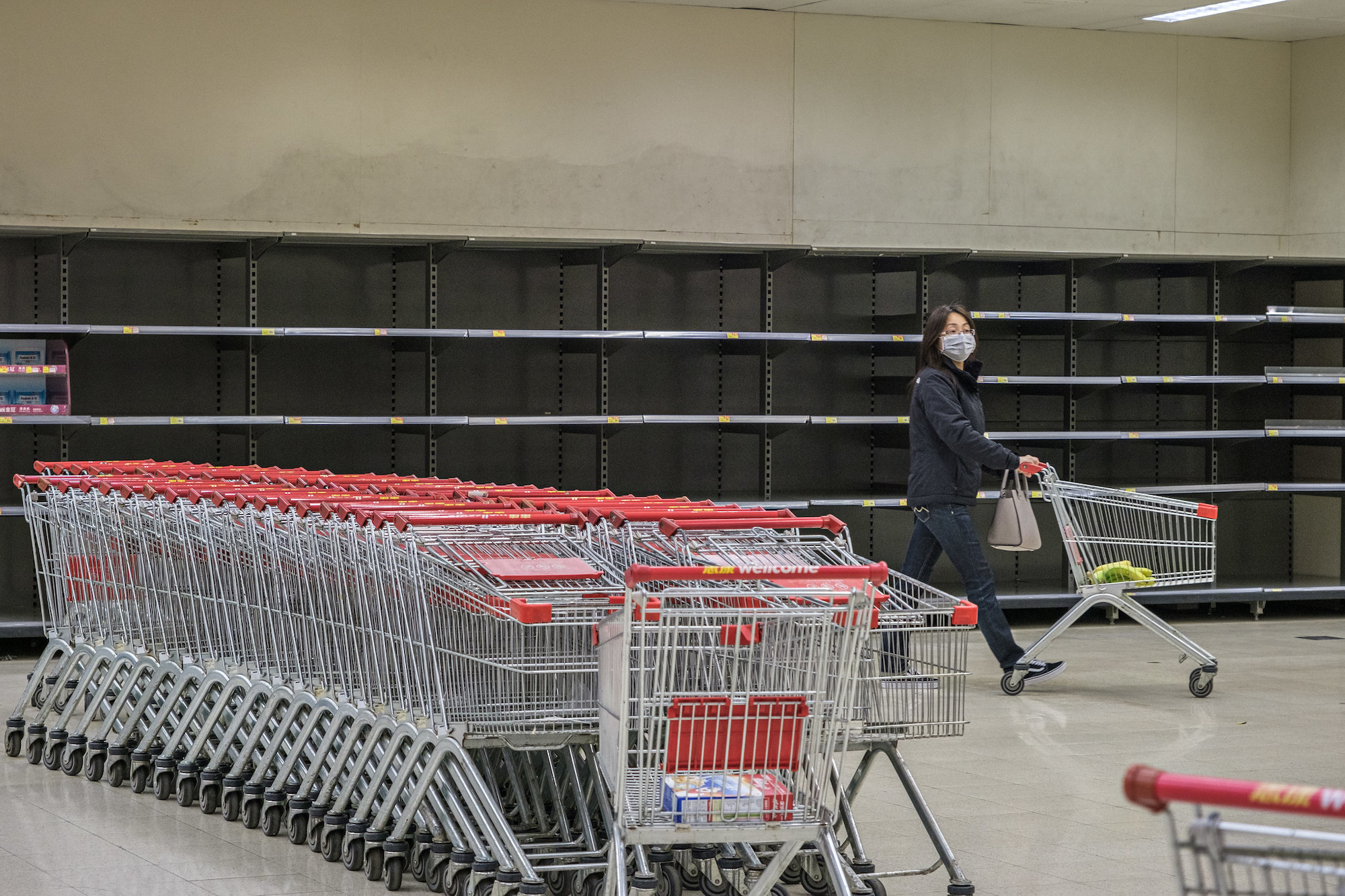
New contagious diseases are scary. They frighten us because they’re unknown and unpredictable. The ongoing outbreak of the novel coronavirus COVID-19 has received extensive media attention — coverage that can tell us a lot about how uncertainty in the face of such an epidemic can all too easily breed fear.
For about a decade, I’ve been studying the role of emotions in journalism, including in the coverage of disasters and crises. Media coverage is vital to our shared conversations and plays a key role in regulating our emotions, including fear. While fear is an emotion that we frequently experience as individuals, it can also be a shared and social emotion — one that circulates through groups and communities and shapes our reactions to ongoing events. Like other emotions, fear is contagious and can spread swiftly.
Media coverage sets the agenda for public debate. While the news doesn’t necessarily tell us what to think, it tells us what to think about. In doing so, the news signals what issues merit our attention. Research has consistently shown that when issues receive extensive media coverage and are prominent in the news agenda, they also come to be seen as more important by members of the public.
The current outbreak has been much more prominent in media coverage than recent epidemics, including Ebola. For example, a Time Magazine study found that there were 23 times more articles in English-language print news covering the coronavirus outbreak in its first month compared to the same time period for the 2018 Ebola epidemic.
My own research suggests that fear has played a particularly vital role in coverage of the coronavirus outbreak. From January 12, when reports first started circulating about the new mystery illness, to February 13, I’ve tracked reporting in major English-language newspapers around the world, using the LexisNexis U.K. database. This includes almost 100 high-circulation newspapers from around the world, which have collectively published 9,387 stories about the outbreak. Of these, 1,066 articles mention “fear” or related words, including “afraid.”
These stories often used other frightening language as well — for example, 50 articles used the phrase “killer virus.” One article in The Telegraph newspaper was typical of this fear-inducing language, in describing scenes on the ground in Wuhan shared on social media:
Mask-wearing patients fainting in the street. Hundreds of fearful citizens lining cheek by jowl, at risk of infecting each other, in narrow hospital corridors as they wait to be treated by doctors in forbidding white hazmat suits. A fraught medic screaming in anguish.
Tabloid newspapers such as The Sun and The Daily Mail have been more likely to use fear-inducing language. For example, The Sun’s coronavirus liveblog routinely refers to the virus as a “deadly disease.”
Many stories offered local angles by reporting on fears in areas affected by the outbreak. In the U.K., this led to a particular focus on Brighton, where several cases have been reported. For example, a story in The Times suggested:
Conversations about miniature bottles of antibacterial hand sanitiser are normally far from a mainstay of lunchtime pub chitchat. However, such is the anxiety over the coronavirus that locals in The Grenadier in Hove yesterday readily admitted to changing their hand-washing routines.
Other reports localized the story by discussing the impact on Chinese-owned businesses. The Manchester Evening News, for instance, reported that “fear of coronavirus is hitting businesses hard, with some reporting a 50 per cent drop in custom since the outbreak. And Chinese Mancunians report suffering more racial abuse.”
A number of other stories, by contrast, sought to temper fears and provide reassurance. For example, Singaporean prime minister Lee Hsein Loong was widely quoted in cautioning against panic:
Fear can make us panic, or do things which make matters worse, like circulating rumours online, hoarding face masks or food, or blaming particular groups for the outbreak.
Research on coverage of earlier disease outbreaks show a similar emphasis on fear. In the case of the SARS epidemic in 2003, a study by historian Patrick Wallis and linguist Brigitte Nerlich found that “the main conceptual metaphor used was SARS as a killer.” Along the same lines, media scholars Peter Vasterman and Nel Ruigrok examined coverage of the H1N1 epidemic in the Netherlands and found that it was marked by the “alarming” tone of its coverage. Like the coronavirus, these historical outbreaks were characterized by uncertainty, breeding fear and panic.
To put these observations into perspective, it is instructive to compare them with coverage of seasonal influenza, which is estimated by the World Health Organization to kill 290,000 to 650,000 people around the world every year. Since January 12, 2020, world newspapers have published just 488 articles on the seasonal flu without also mentioning coronavirus. In sharp contrast to coverage of this novel coronavirus, fewer than 1 in 10 stories about flu (37 of 488) mentioned “fear” or similar words or phrases.
The prominence of fear as a theme in reports of the coronavirus suggests that much of the outbreak’s coverage is more of a reflection of public fear than informative of what’s actually happening in terms of the spread of the virus. Franklin Roosevelt probably overstated the case when he famously said that “the only thing we have to fear is fear itself.” But at a time rife with misinformation, fake news, and conspiracy theories, it’s worth remaining alert to the dangers of this contagious emotion in the face of uncertainty.
Karin Wahl-Jorgensen is a journalism professor at Cardiff University. This article is republished from The Conversation under a Creative Commons license.![]()